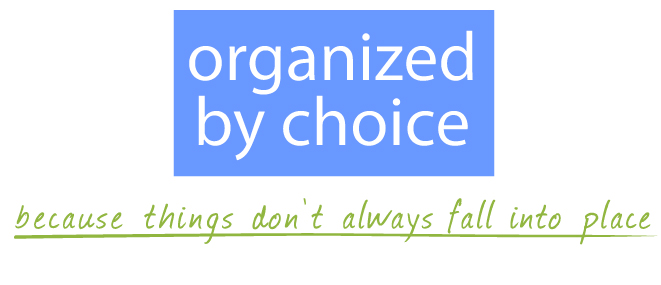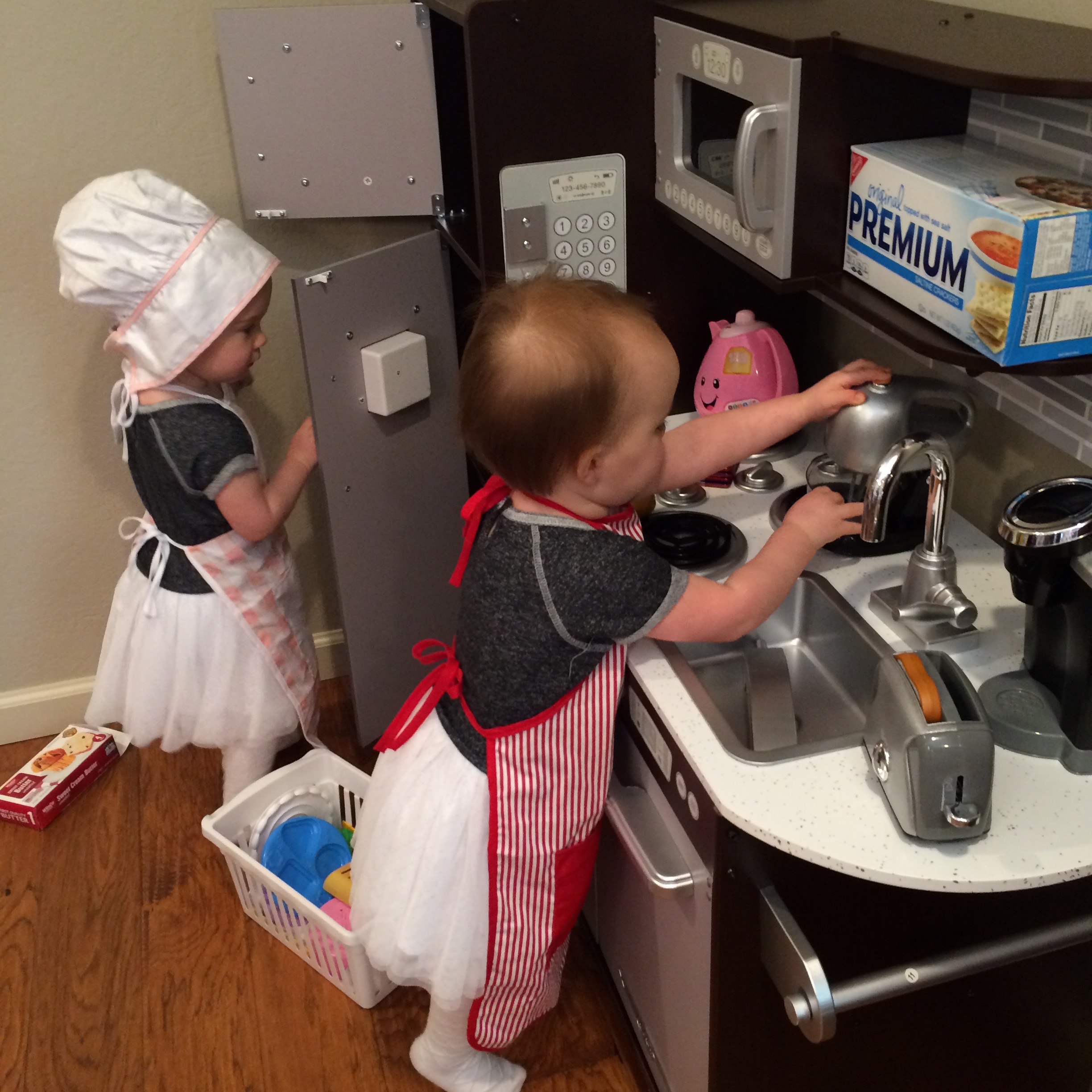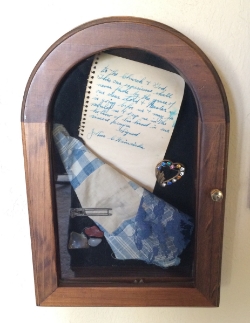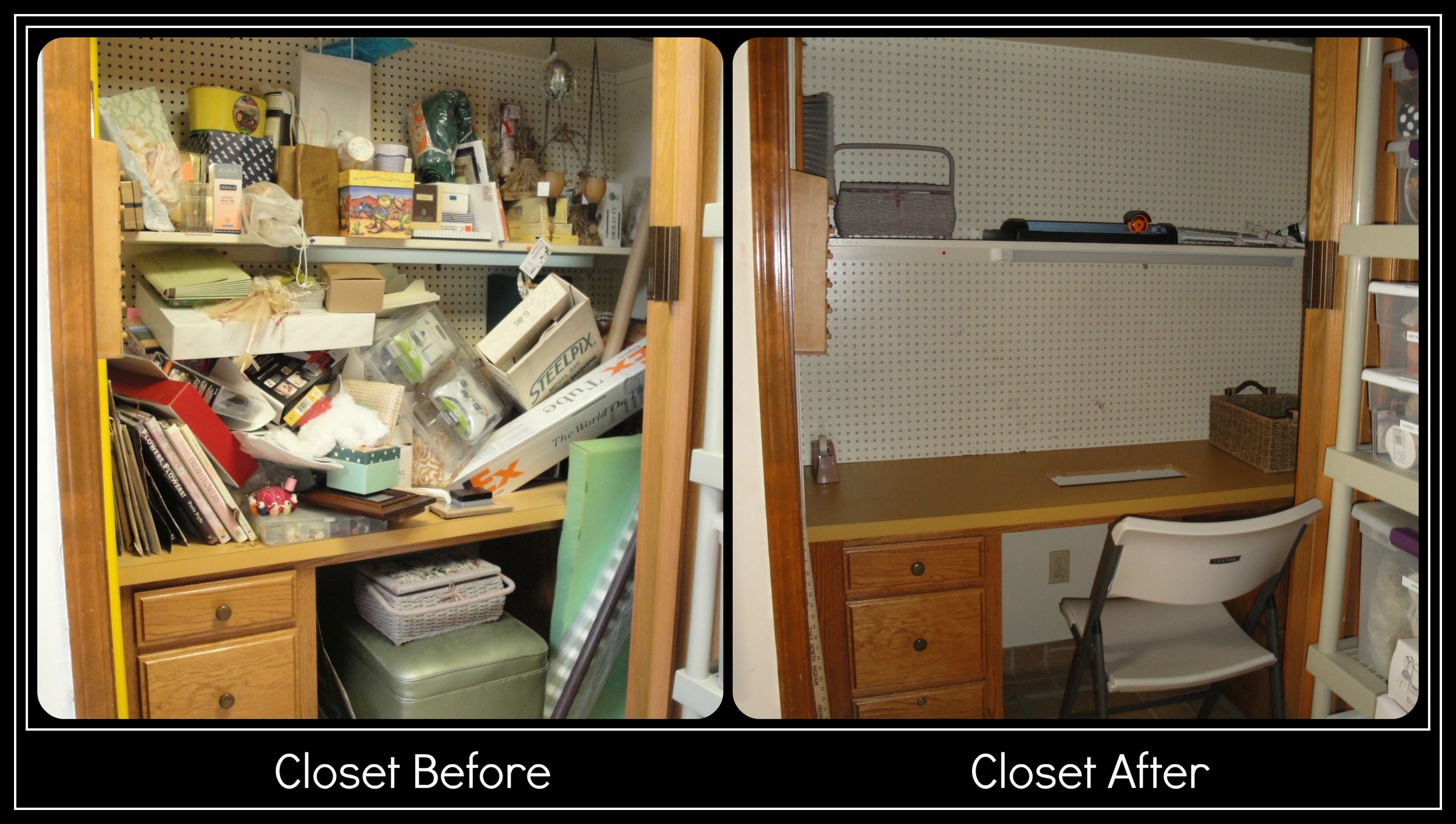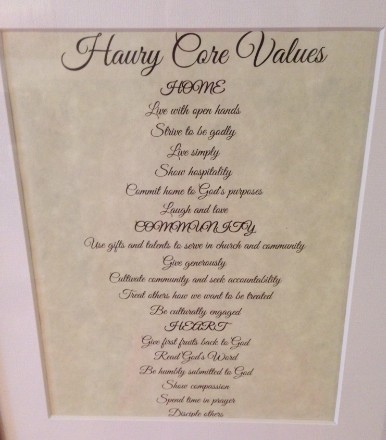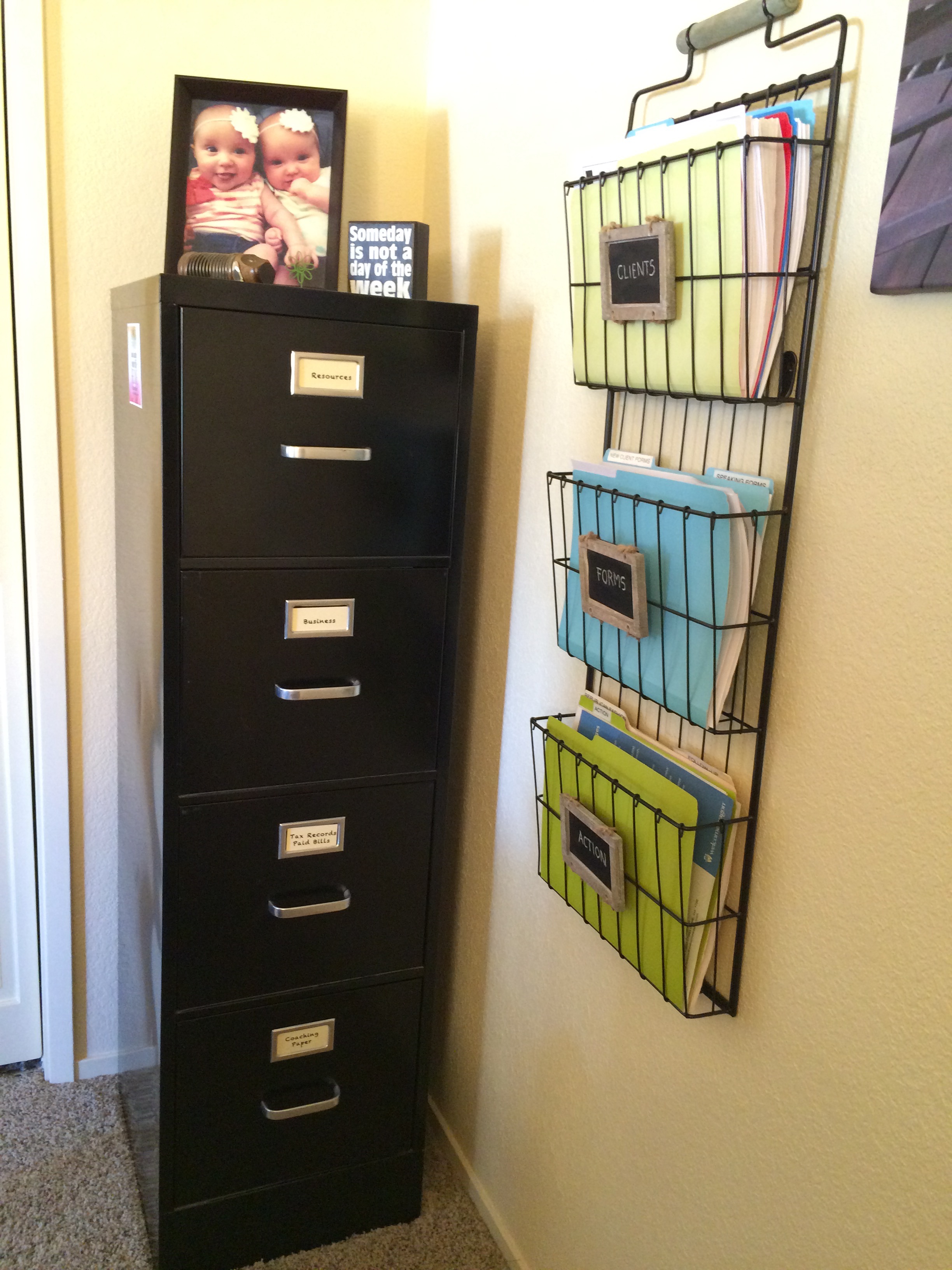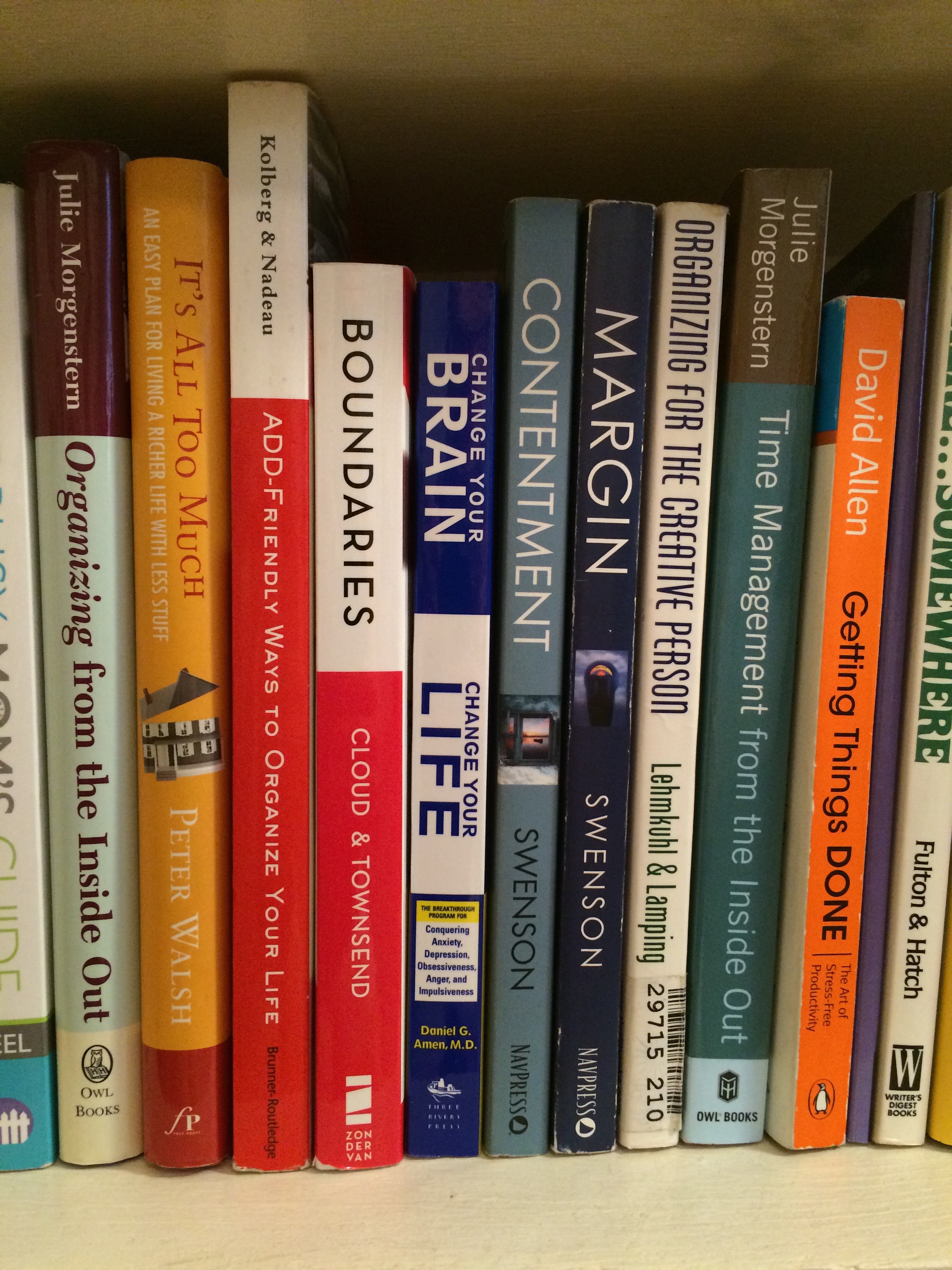Kudos to my son-in-law, Micah, and his generation of guys who are not strangers to the kitchen! As much as my granddaughters love to make food in their play kitchen, they will grow up expecting their husbands to have culinary skills like their daddy does. My husband and I are more traditional-- he stays out of the kitchen and I stay away from the barbeque. One custom we’ve learned from our kids is-- one cooks and the other cleans up. I like that!
However you divide the culinary duties in your home, a well-organized kitchen is a happier place to be. Today's Timely Tips have three key ingredients to creating this happier place, but there’s lots of room for experimenting and seasoning it to your own taste.
Timely Tips for an organized kitchen
PURGE - As usual, that's the first key ingredient. When kitchen drawers and cabinets are crammed full, you’re less likely to find what you need and more likely to go out and buy a duplicate. You’re less likely to put things away, because there’s no room, and more likely to eventually avoid the kitchen all together.
Purge the gadgets and utensils that haven’t been used since—well, ever. Purge the plethora of coffee mugs and reduce to what you actually need and use. Purge the lidless containers, and containerless lids. If you replaced pots and pans, but never let go of the old ones, do it now. Same with mixing bowls, dishes, glassware, thermal mugs, water bottles, etc.
Purge the items you've been storing “just in case” like your fondue set, punch bowl, etc. I’m sure there’s someone out there who has saved everything. You can borrow from them, if needed.
If you can't decide about some things, place them in a box in the garage or high in a closet. If during the next six months you go there to get something out of the box, it’s earned its keep. If not, let those things go, too.
Cruise through your spices and check for expired dates. Do the same with other dry goods. Are there half-used boxes of cereal no one has touched in months? Are there specialty items you purchased for a recipe that you decided is too much work? Let the items and the guilt go.
ZONES - Now you’re ready to move on with ingredient two—setting up your zones. Think about where you stand when you prepare coffee, make lunches, put left-overs away, bake cookies, prepare dinner, etc. Designate zones based on where you use items and place like things together.
The countertops should only store items that are used daily, or multiple times per week. The most accessible cabinets and drawers should be used for other items that are frequently used. Place the rarely used items in the high and low areas and in those deep corner cabinets.
PRODUCTS - Ingredient three is using organizing products that make your space more efficient.
Click here for a link to an assortment of helpful products: Resources
Wise Words
Dinner choices: Take it, or leave it.
